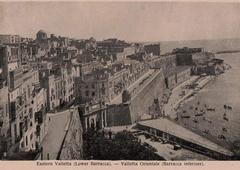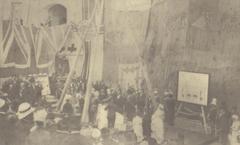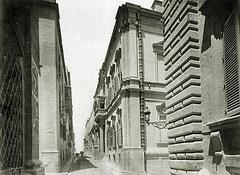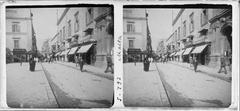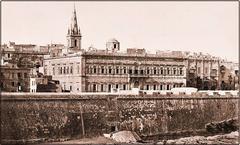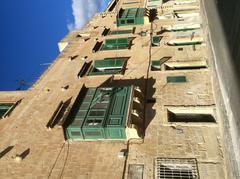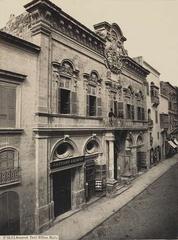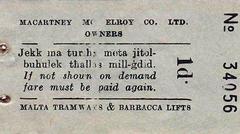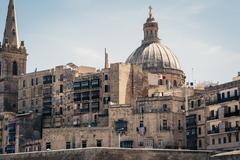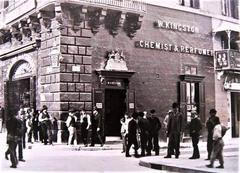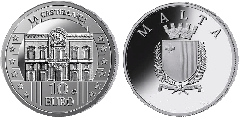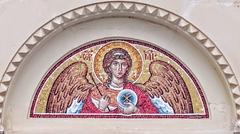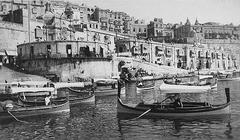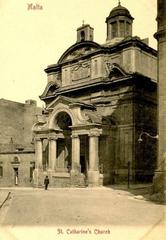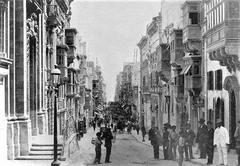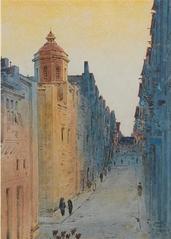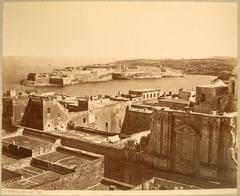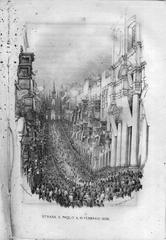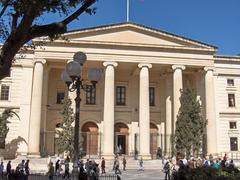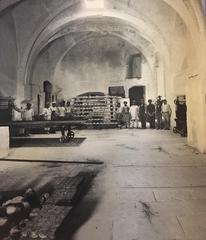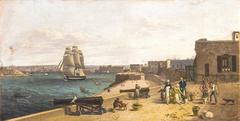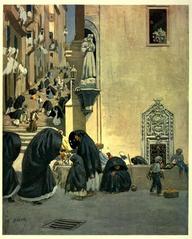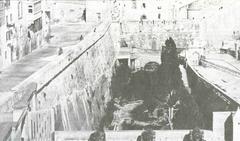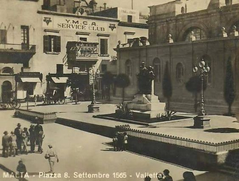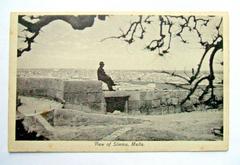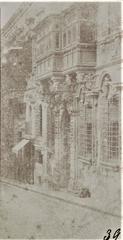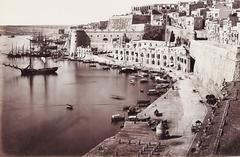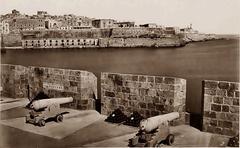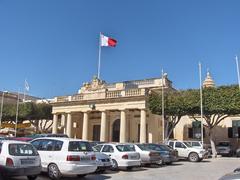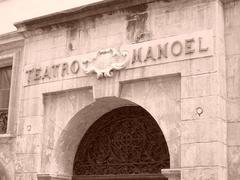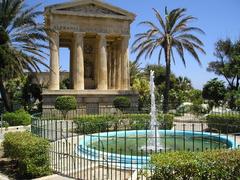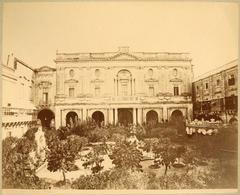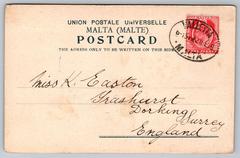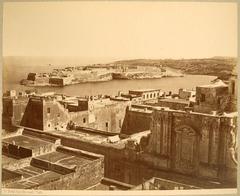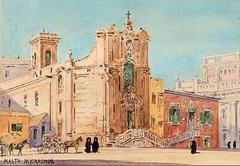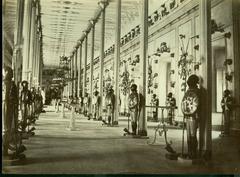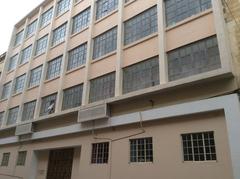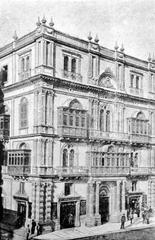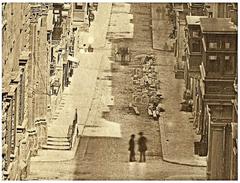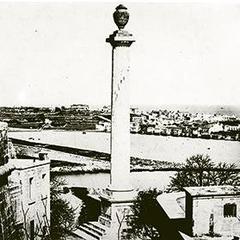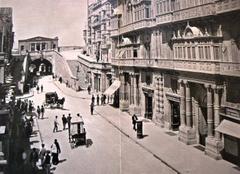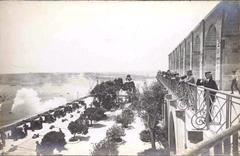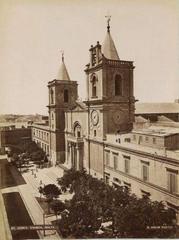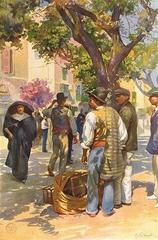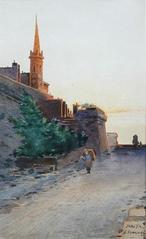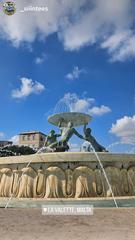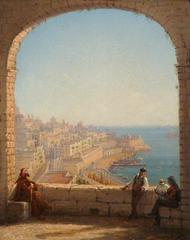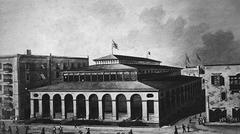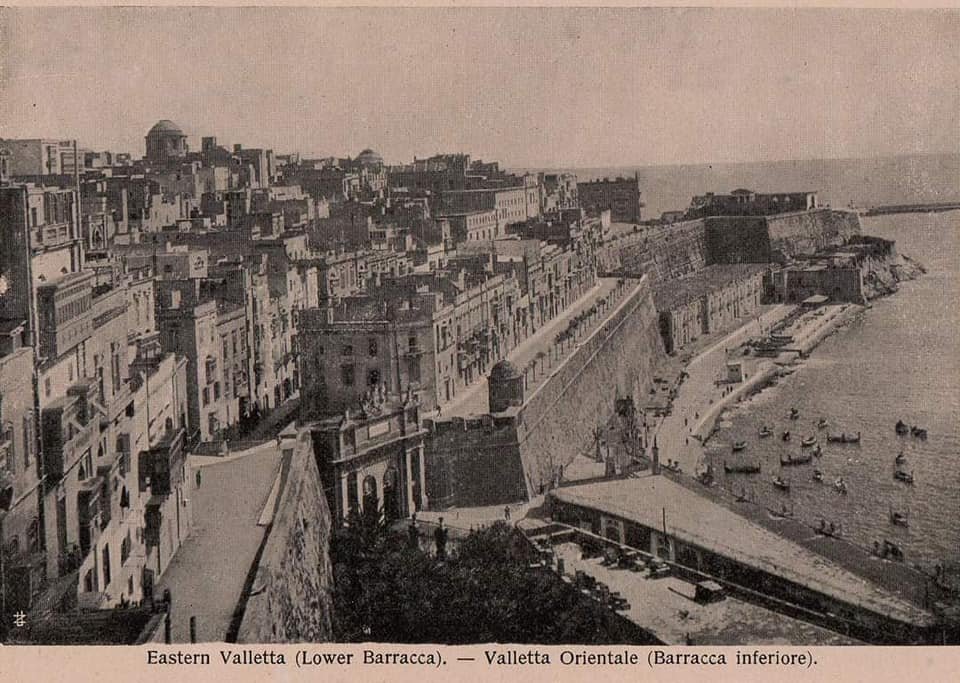
Victoria Gate Valletta Malta: Visiting Hours, Tickets, and Historical Sites Guide
Date: 14/06/2025
Introduction
Victoria Gate in Valletta, Malta, is a striking testament to the city’s layered history, serving as a symbolic gateway between the Grand Harbour and Valletta’s fortified core. This comprehensive guide details the gate’s historical significance, architectural features, visiting hours, ticketing information, accessibility, practical visitor tips, and nearby attractions—ensuring you get the most out of your experience at one of Malta’s most iconic landmarks.
Historical Context: Valletta’s Fortifications and the Origins of Victoria Gate
Valletta was established in 1566 by the Knights Hospitaller after the Great Siege of Malta, designed as a fortified city on the Mount Sceberras peninsula to defend against further attacks. The city’s fortification system—including bastioned enceinte, landward and seaward defenses, and outworks—showcases Renaissance military architecture, evolving over centuries in response to new military technologies (Culture Malta, Wikipedia).
Victoria Gate, constructed between 1884 and 1885 under the direction of Maltese architect Emmanuel Galizia, replaced the earlier Del Monte Gate to better serve the growing urban and commercial needs at the harbor’s entrance. Named in honor of Queen Victoria, the gate embodies the transition from Hospitaller to British rule, blending Victorian neo-Gothic design with traditional Maltese limestone (Victorian Web, Wikipedia).
Architectural Features and Design
Location and Urban Context
Victoria Gate is strategically positioned between the Marina Curtain and St. Barbara Bastion, acting as the principal entrance from the Grand Harbour into Valletta. Its location facilitated increased movement of goods and people from the bustling harbor, responding to 19th-century commercial growth (Wikipedia), (MyMalta Guide).
Structural Layout and Circulation
The gate’s defining feature is its double-arched carriageway, allowing for two-way traffic—once for horse-drawn carriages and now for vehicles and pedestrians. Two smaller pedestrian arches flank the main passage, separating foot traffic for safe and efficient circulation. The intersecting vault structure above the arches supports the superstructure while adding architectural grandeur (Very Valletta), (Wikipedia).
Materials and Construction
Built from locally sourced Maltese limestone, Victoria Gate’s façade harmonizes with Valletta’s historic cityscape. The limestone’s characteristic warm hue and fine craftsmanship reflect the high standards of late 19th-century Maltese construction. Restoration efforts in 2010 involved careful stone repair and cleaning, as well as the installation of subtle nighttime illumination (MyMalta Guide), (Wikipedia).
Stylistic and Decorative Elements
Victoria Gate is a prime example of Victorian neo-Gothic architecture, with classical symmetry and rich decorative details:
- Coats of Arms: Prominently displayed above the arches are the coats of arms of Malta, Valletta, and the British royal family, underlining the gate’s civic and colonial significance.
- Victorian Motifs: Ornamental moldings, cornices, and pilasters showcase the era’s design sensibilities.
- Defensive Features: While primarily ceremonial by its construction, the gate retained features such as a drawbridge and a defensive ditch, rediscovered and restored during recent renovations (Very Valletta), (Wikipedia).
Integration and Urban Fabric
Victoria Gate blends seamlessly with the adjacent bastions and curtain walls, enhancing Valletta’s cohesive cityscape. The surrounding narrow, winding streets and proximity to the bustling harbor further emphasize the gate’s role as both a defensive stronghold and ceremonial entrance (MyMalta Guide), (Evendo).
Visiting Victoria Gate: Hours, Tickets, and Accessibility
Opening Hours
Victoria Gate is open to the public 24 hours a day, serving as a functional city entrance. There are no restrictions on visiting hours, making it accessible at any time. Guided tours and nearby attractions may operate within specific hours—generally 9:00 AM to 5:00 PM—so check local listings for details.
Tickets and Admission
Entry through Victoria Gate is completely free; no tickets or fees are required. Some guided tours that include the gate as part of broader Valletta explorations may charge a fee.
Accessibility
The area around Victoria Gate is pedestrian-friendly, with restored pavements and ramps to accommodate visitors with mobility needs. However, some steep or uneven surfaces are typical of Valletta’s historic streets. The steps leading up to St. Barbara’s Bastion may pose challenges for those with limited mobility.
How to Get There
- By Foot: The gate is a 10–15 minute walk from the main City Gate and bus terminus.
- By Ferry: Ferries from the Three Cities dock at Lascaris Wharf, just below Victoria Gate.
- By Bus: The Valletta bus terminus is well-connected to the rest of Malta; from there, follow Republic Street toward the harbor.
- By Taxi: Taxis can drop visitors near the gate or waterfront, but much of Valletta is pedestrianized (Travelling King), (Heather on her Travels).
Visitor Experience: What to See and Do
Key Features
- Architectural Details: Twin arches, intricate coats of arms, and robust limestone construction.
- Historical Plaques: Informational signage provides context on the gate’s history and restoration.
- Photographic Opportunities: The gate frames stunning views of the Grand Harbour. Early morning and late afternoon offer ideal lighting for photography.
Guided Tours
Several walking tours feature Victoria Gate, offering in-depth historical context and insights into Valletta’s fortifications and colonial history. Booking in advance is recommended, especially during peak tourist seasons (Heather on her Travels).
Nearby Attractions
- St. Barbara’s Bastion: Ascend the steps for panoramic harbor views and elegant Maltese townhouses.
- Lower Barrakka Gardens: Serene gardens with views of the harbor and the Siege Bell War Memorial.
- Lascaris War Rooms: Historic WWII underground command center.
- Wuestenwinds Beach: Unique harbor-side swimming area within Valletta (Heather on her Travels).
Practical Visitor Tips
- Best Time to Visit: Spring (March–May) and autumn (September–November) offer pleasant temperatures. Early mornings and late afternoons are quieter and best for photos.
- Footwear: Wear sturdy shoes due to cobbled and uneven streets.
- Sun Protection: Bring a hat, sunglasses, and sunscreen, especially in summer.
- Water: Carry a bottle, as shops are limited near the gate.
- Facilities: No public restrooms at Victoria Gate; nearest are at Lower Barrakka Gardens or waterfront cafes.
- Etiquette: Respect the monument—do not climb or deface the stonework. Keep noise levels low in this residential area.
- Events: The gate occasionally hosts festivals or public events; check the Malta Events Calendar for updates.
Preservation and Contemporary Relevance
Victoria Gate’s restoration in 2009–2010 focused on cleaning, conserving, and structurally reinforcing the limestone, as well as restoring the original defensive ditch and integrating modern lighting. These efforts ensure the gate’s ongoing role as a historical, functional, and cultural asset within Valletta’s UNESCO World Heritage landscape (Culture Malta, Wikipedia).
Frequently Asked Questions (FAQ)
Q: What are the visiting hours for Victoria Gate?
A: Victoria Gate is an open city entrance accessible 24/7, with no official visiting hours.
Q: Is there an entrance fee or ticket required?
A: No, entry is free.
Q: Is Victoria Gate accessible for visitors with limited mobility?
A: The gate is accessible, but some surrounding steps and slopes may be challenging.
Q: Are guided tours available?
A: Yes, numerous walking tours feature Victoria Gate; book in advance for the best experience.
Q: What nearby sites should I visit?
A: St. Barbara’s Bastion, Lower Barrakka Gardens, Lascaris War Rooms, and Wuestenwinds Beach are all within walking distance.
Summary Table: Essential Visitor Information
| Aspect | Details |
|---|---|
| Location | Eastern Valletta, near Lascaris Wharf and Grand Harbour |
| Accessibility | Open 24/7, pedestrian access; some steps may limit mobility |
| Visiting Hours | Open all day, no restrictions |
| Tickets | Free entry |
| Best Time to Visit | Spring (Mar–May), Autumn (Sep–Nov); early or late in the day |
| Facilities | No restrooms at gate; nearest in Lower Barrakka Gardens |
| Nearby Attractions | St. Barbara’s Bastion, Lower Barrakka Gardens, Lascaris War Rooms |
| Guided Tours | Available; book in advance |
| Transport | Walk, bus (to City Gate), ferry (Lascaris Wharf), limited taxi access |
| Safety | Wear sturdy shoes, use sun protection, carry water |
Conclusion and Recommendations
Victoria Gate is more than a city entrance—it is a living monument that embodies the rich historical, architectural, and cultural heritage of Valletta. With its strategic location, free access, and proximity to major sites, the gate is an ideal starting point for exploring Malta’s capital. To make the most of your visit, plan ahead for accessibility, join a guided tour for deeper insight, and enjoy the unique photographic perspectives the gate offers. For up-to-date information, event listings, and travel tips, download the Audiala app or consult official Malta tourism platforms.
Sources
- Fortifications of Valletta - Wikipedia
- Valletta and Floriana Fortifications - Culture Malta
- Victorian Web: Architecture and Engineering in Malta
- Malta Events Calendar
- Victoria Gate (Valletta) - Wikipedia
- MyMalta Guide: Victoria Gate
- Heather on her Travels: Things to do in Valletta Malta
- Travel Kia: Valletta Travel Guide
- Evendo: Victoria Gate Attraction
- Very Valletta: Victoria Gate Points of Interest
- Travelling King: Ultimate Travel Guide to Valletta
